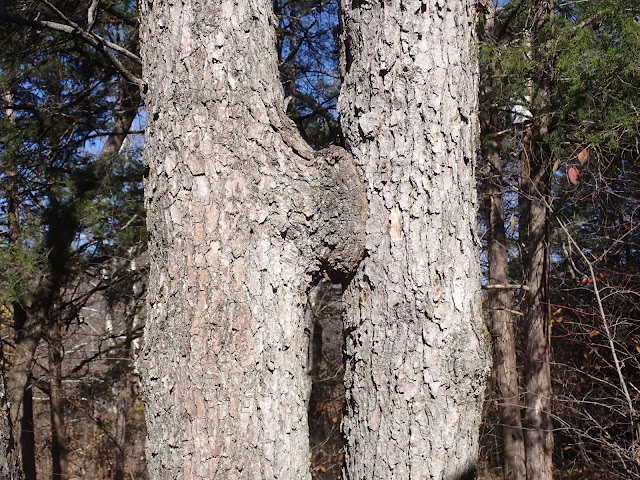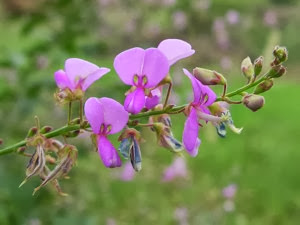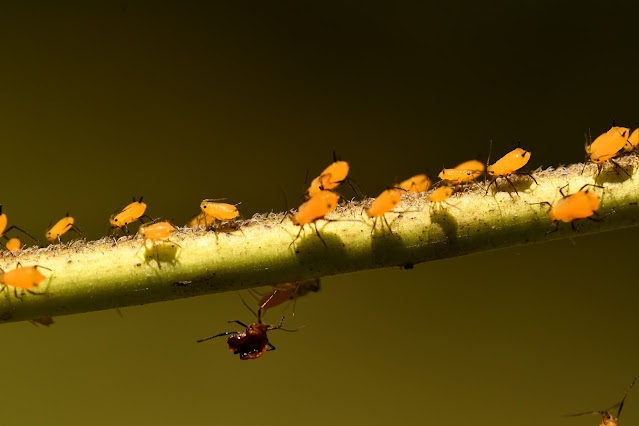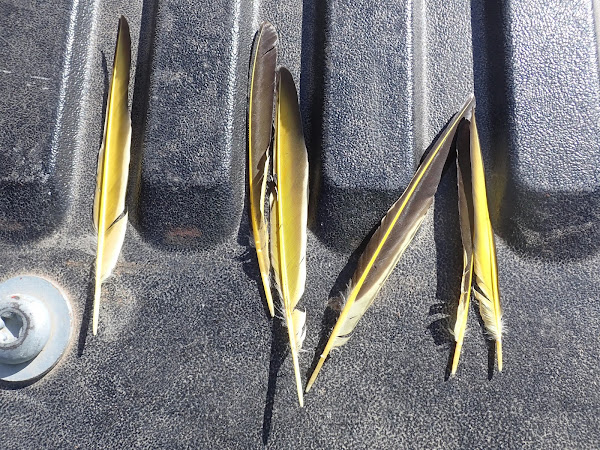 |
| Our "mosquito" - a non-biting midge. REK |
In the last blog I posted "Two weeks earlier I saw an insect fly slowly and land on the kitchen counter. It sat there patiently while I got my camera to document it as a visiting "mosquito" in mid- December. I can't identify it to species." Kevin Firth then sent me this suggestion.
"I think your winter mosquito might actually be a Chironomidae family (non-biting midge). From what I recall of my fishing days, midges are about the only aquatic insect that will hatch in every month of the year, so winter trout fishing (never something that held any appeal for me) is all about midge flies."
I think he is right and I missed it. After a shallow dive into a deep subject here is what I have come up with.
- Proboscis - Extends forward on a mosquito, non visible on this insect.
- Antennae - Both have plumose antennae with the mosquito having shorter hairs in front and increase in length to the rear. (1)
- Wings - Mosquito wings tend to be longer than their body. The midge's wings do not extend beyond the end of its body. (2)
- Midges hold their body straight on a side view while mosquitoes have a humped back. I noticed this but couldn't get a photograph.
- Midges fly slower than mosquitoes, which was striking watching this insect hover slowly over the sink before landing. (3)
- A mosquito's wings bear scales which create a fringe-like border on the trailing or posterior edge. Because the midge's wings are not covered in scales, there is no visible "fringe" along the edge of each wing" and they are clear like a pane of glass.
- Finally midges tend to fly in all seasons. Winter trout fishermen use midge patterns because the trout know this. "Midges are, basically, the most important source of food for trout. In fact, midges are the bulk of a trout’s diet November thru February. Midges are a major food source year-round for trout. They hatch in freezing temperatures and hatch by the thousands. When aquatic insects are less inactive in the winter, opportunistic trout key in on drifting midge larvae. Because midges mature and develop year-round, trout depend on them for easy pick’ins". (4)
I am grateful for Kevin's response and the education. Until I hear different from a more authoritative source, I think this winter critter is a non-biting midge.
=========================




















































